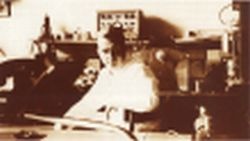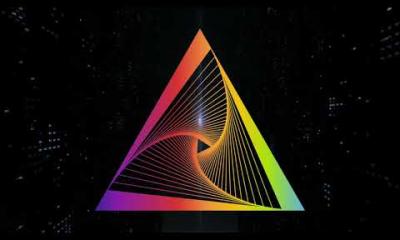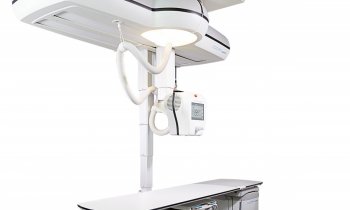Pioneers in Ultrasound
Visions: Mr. Soldner, you are considered the father of real-time ultrasonic technique. How did that happen?
Richard Soldner: The answer isn't simple because the development of ultrasonic diagnostics and its modern state are the result of a multitude of developmental steps over many decades and come from the most diverse sources. For example, J. P. Joule already described the magnetorestrictive effect as early as 1847 end in 1880 the Curie brothers discovered the piezoelectric effect in quartz. In 1912 after the Titanic tragedy first thoughts were voiced about detecting icebergs under water with ultrasonic pulses. In 1917, towards the end of the First World War, the first pulse echo systems for locating submarines were developed and used. In the mid-thirties - in the meantime it had become possible to produce ultrasound with a high output in the range of several MHz - ultrasound was used in medicine for therapy of the most diverse illnesses, including the treatment of tumors.

This article was first published in the VISIONS, issue 3/2002, a publication of Toshiba Medical Systems
27.08.2007











